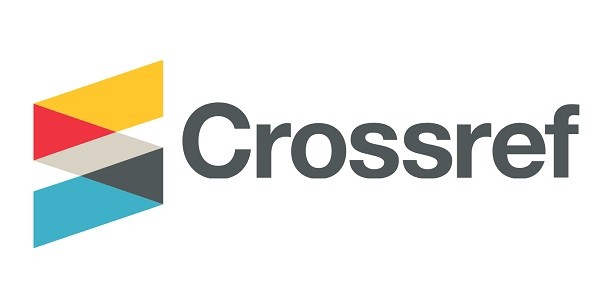The Negative Effects of Social Media Usage on Employee Performance – A Conceptual Analysis
DOI: 10.46988/ IJIHRM.04.02.2023.005
Keywords:
Social Media Addiction, Smartphone Phubbing, Performance, Productivity, Well-BeingAbstract
In this concept paper, social media use, smartphone addiction, and job performance are linked. This revised study examines the detrimental consequences of Facebook, X (previously Twitter), Instagram, and TikTok on employee productivity, psychological well-being, and organisational health as they become more incorporated into work situations. Thematic analysis of recent scholarly works' secondary data has many themes. Addiction to social media disrupts focus and productivity at work. Due to constant digital connectivity and FoMO, social media use can cause anxiety, depression, tension, and cognitive overload. Determine how this addiction's behaviours, such as frequent social media monitoring and disregarding work, impair professional performance, personal connections, and real-life interactions. The study found that excessive social media use damages teamwork, communication, morale, and culture. Through new findings, this research illuminates complex interactions. Companies must proactively balance social media's benefits and hazards to maintain a healthy, productive, and unified workplace. Executives and workers can learn from this report on digital technology's workplace influence. Organisations must continually study and adapt to the evolving digital world to optimise social media's benefits while avoiding its negative effects on staff performance and well-being.


